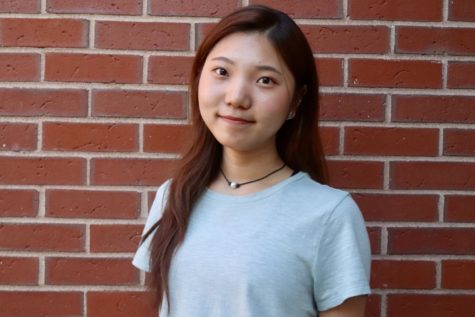Solving a giant puzzle: Behind the scenes of the scheduling process
Credit: Katherine Kim
The student scheduling process is a months-long battle for the administration every year. This year, the puzzle-like process became tougher to solve due to factors brought by COVID-19. “[The scheduling process] this year was completely different due to a global pandemic, there were a ton of unforeseen issues,” assistant principal Laura Cole said.
October 8, 2020
Surfing through the program of studies in search of new classes each year often excites WHS students in the spring. With a wide range of courses offered at the high school, students have the freedom of filling their schedules with classes that match their interest, academic level and flexibility.
While selecting courses and looking forward to new schedules might be exhilarating for many students, the entire scheduling process is a months-long battle for the administration. With the uncertainty 0f COVID-19 and reopening plans, this year’s process was more challenging than it already has been in the past.
“We lost a ton of time in the spring due to the closure and students didn’t get the same experience with the scheduling process as they had in the past,” assistant principal Laura Cole said. “This year we had to do [the process] without physical contact, while also redesigning how the school functions and responding to late-breaking guidance from the state, board of health and school committee.”
The “normal” scheduling process usually begins between October and January after the District and School Committee approves the budget for the next school year. Once the budget is confirmed, the program of studies is put together and the course recommendations are set up in eSchool.
After students input course requests, the guidance department finds and cleans up any errors in students’ course recommendations, followed by running the master schedule in eSchool multiple times. Each time a master schedule is run, the administrators’ work eliminates any course conflicts within it. Once the conflicts are resolved, staffing is confirmed and class sizes are balanced, final student schedules are released.
“In short, scheduling is a large puzzle and eSchool is like the one family member who hides the pieces,” Cole said. “You figure out along the way it’s missing something and you need to go back to fix it.”
This year, the puzzle-like process became tougher to solve due to various factors brought by COVID-19.
“[The scheduling process] this year was completely different due to a global pandemic, there were a ton of unforeseen issues such as moving from an ‘all in’ model to hybrid, then to remote, staffing impacts due to COVID and health and safety parameters,” Cole said. “Given these changes, we needed to collapse sections and not offer certain courses.”
Even with large and small adjustments made throughout the spring to ensure students get classes they wished, the final schedule created unfortunate issues for many students. One of the impacted students was senior Katherine Deane, whose AP Biology class conflicted with her AP Studio Art class.
“I was nervous I wouldn’t be able to take AP Art—it’s a class I’ve planned to take since freshman year,” Deane said. “I’ve taken Art I to III, so doing all that work and then, hearing I can’t do the class I’ve been working towards sucked.”
Fortunately, Deane settled with a solution that enabled her to take AP Biology and work out an independent study for AP Studio Art on Wednesdays. However, the uncertainty of the requested classes fitting the final schedule brought Deane anxiety.
“I had all this AP homework, and even though I wanted to get it all done during the summer, there was no guarantee that I was getting into these classes,” Deane said. “I’ve had friends who have done their AP homework just to find out they can’t take the class, which almost happened to me. I held off doing some of my homework until the end of the summer when I knew I was in those classes.”
Deane’s case isn’t an abnormality, however. The administrators have worked with many other students to find alternative ways to access the curriculum of certain courses to minimize the negative impacts and offer them a light in the dark.
“These notifications are the worst emails to send to our students,” assistant principal Sean Gass said. “There is nothing worse than having to tell a student, doesn’t matter the level of the class, that what they thought they were preparing for [and was] excited about taking, is not going to happen.”
Although there have been lots of bumps along the way and will be in the future as WHS moves to hybrid, student schedules for the year are set for now and safely checked off the list.
“Given we are in a pandemic, it is safe to say no matter what the process [is], it will have more issues, there is only so much one can control in a pandemic,” Gass said. “These realities are hard, and even more of a reminder how important it is for us to be there for each other.”

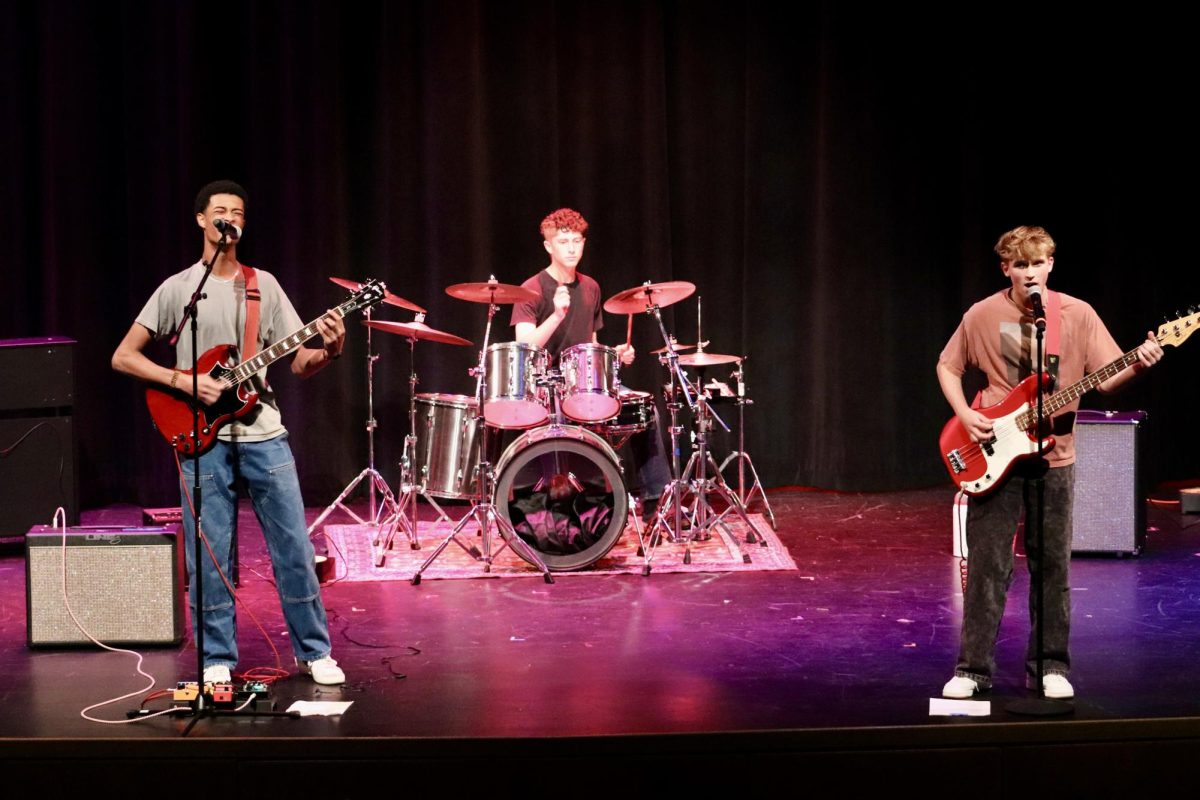


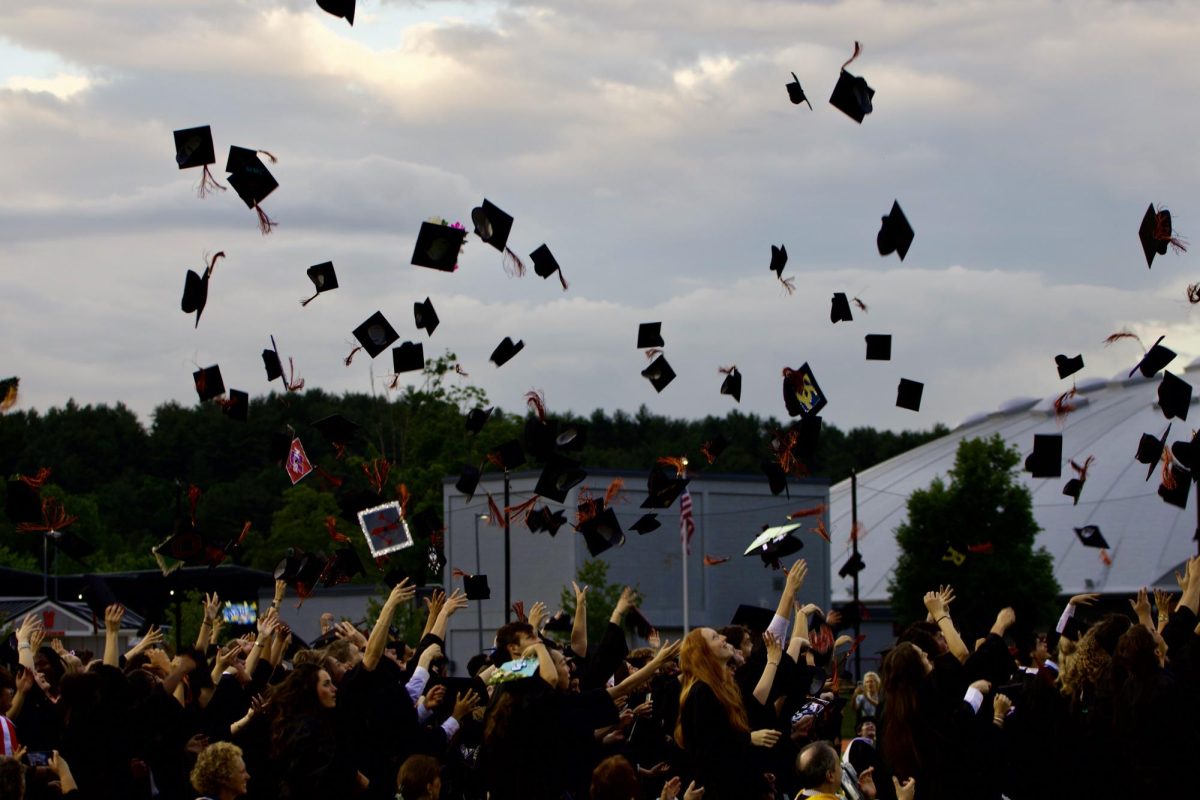
![Last Wednesday, the Wayland School Committee gathered to discuss a number of topics regarding the health curriculum and Innovation Career Pathway course. Another large topic of conversation was the ways to potentially mitigate distracting cell phone usage. "These [phones] are going to distract your learning and social relationships," Superintendent David Fleishman said. "That's concrete right there."](https://waylandstudentpress.com/wp-content/uploads/2025/06/Screenshot-2025-06-04-at-9.49.31 PM-1200x886.png)





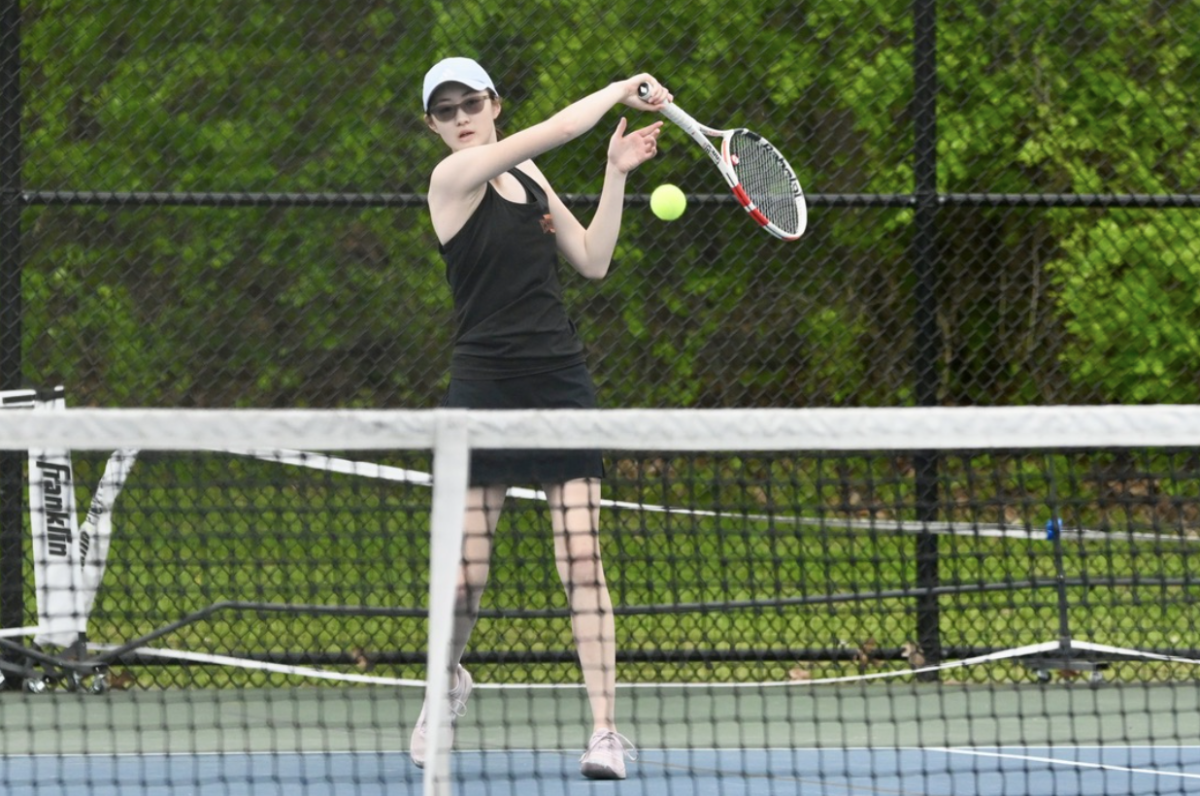




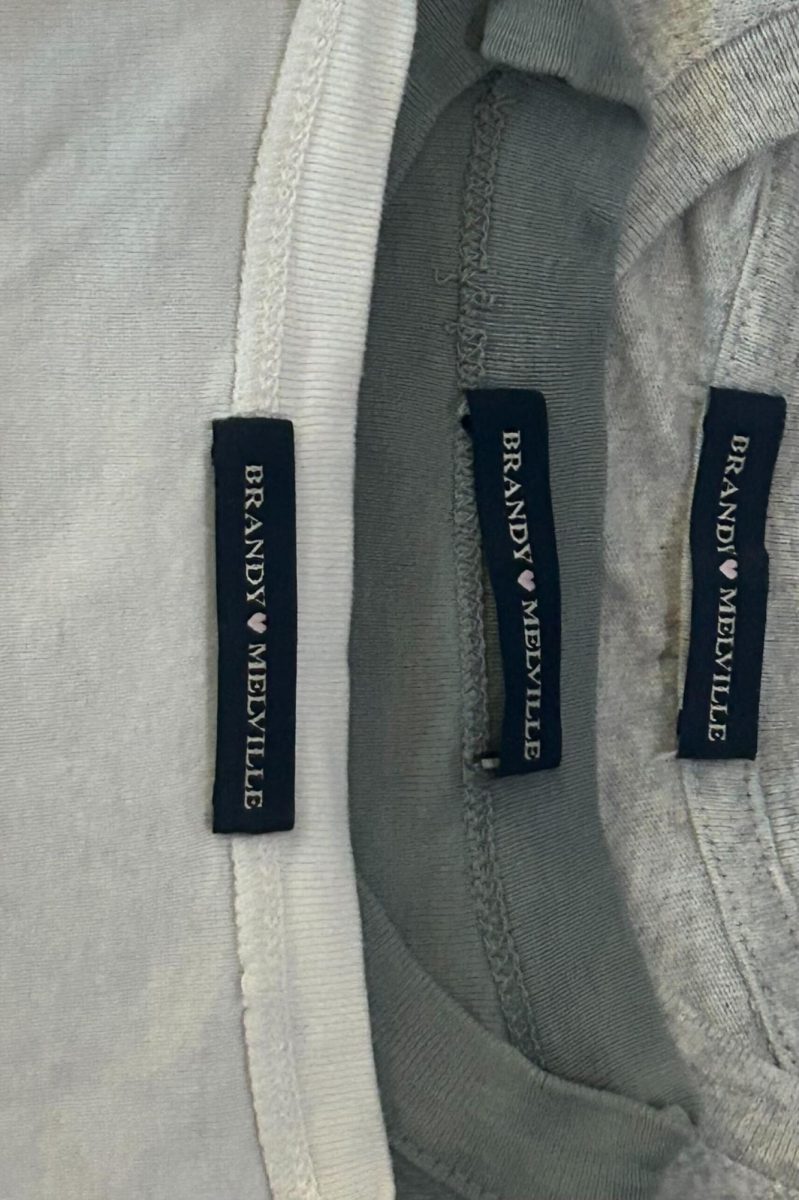



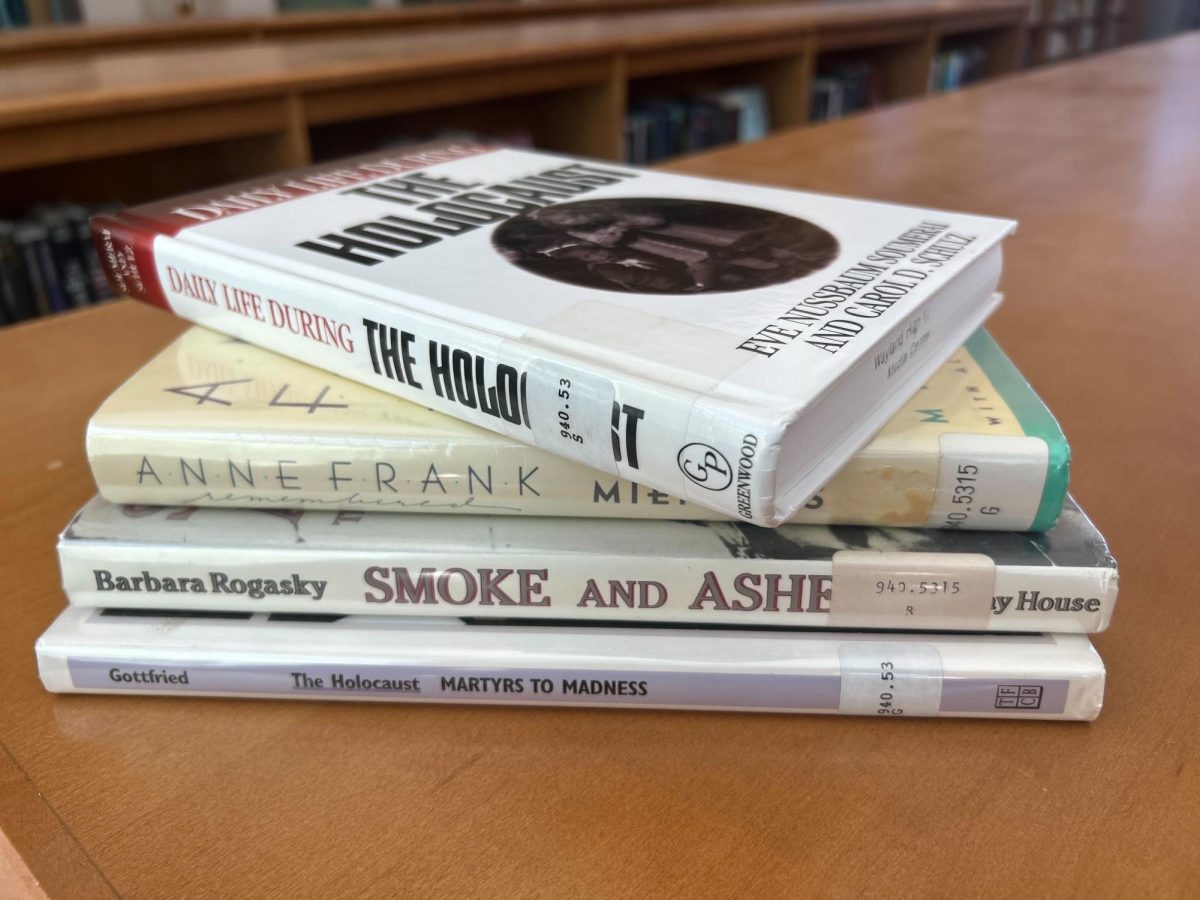
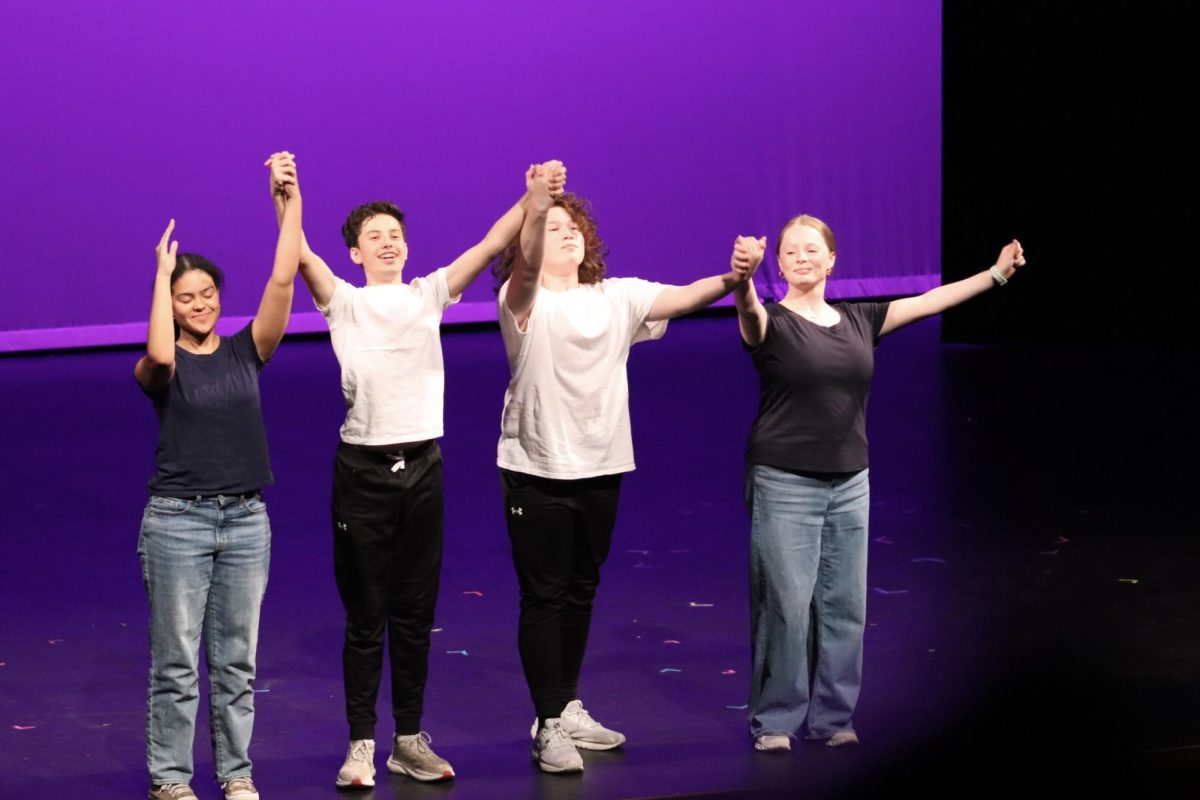


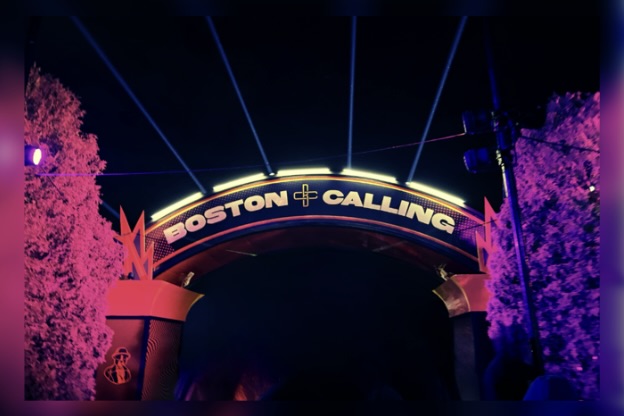
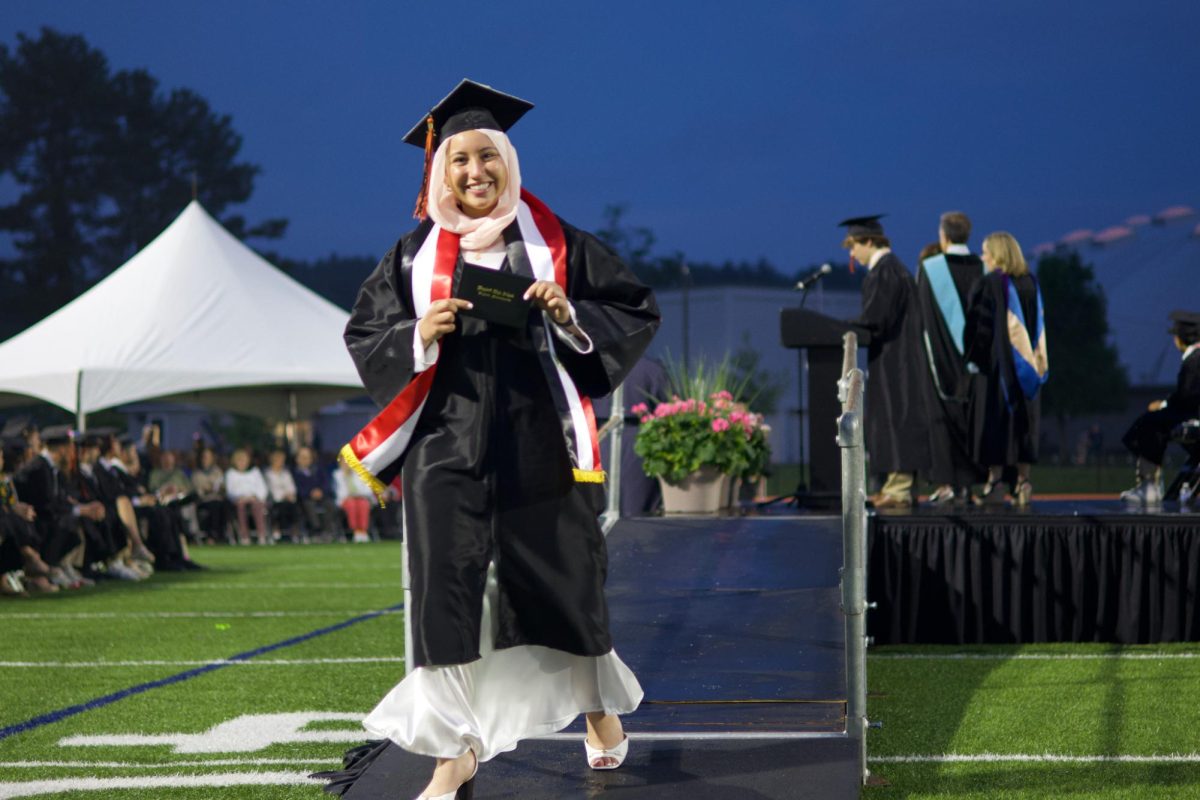


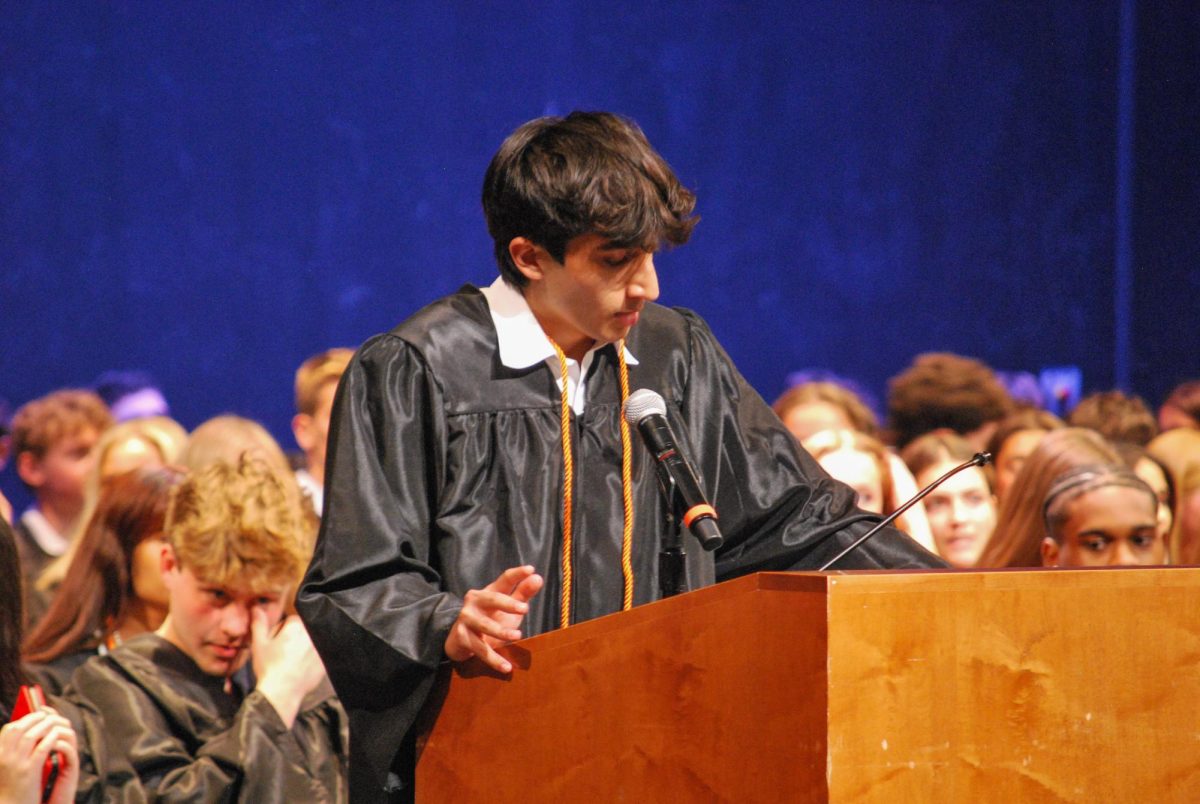
![The student scheduling process is a months-long battle for the administration every year. This year, the puzzle-like process became tougher to solve due to factors brought by COVID-19. “[The scheduling process] this year was completely different due to a global pandemic, there were a ton of unforeseen issues," assistant principal Laura Cole said.](https://waylandstudentpress.com/wp-content/uploads/2020/10/zOX7qCBGZkMuwcmX0u2AiQGqeSTbKIn2nF8fW8bl-900x675.jpeg)
